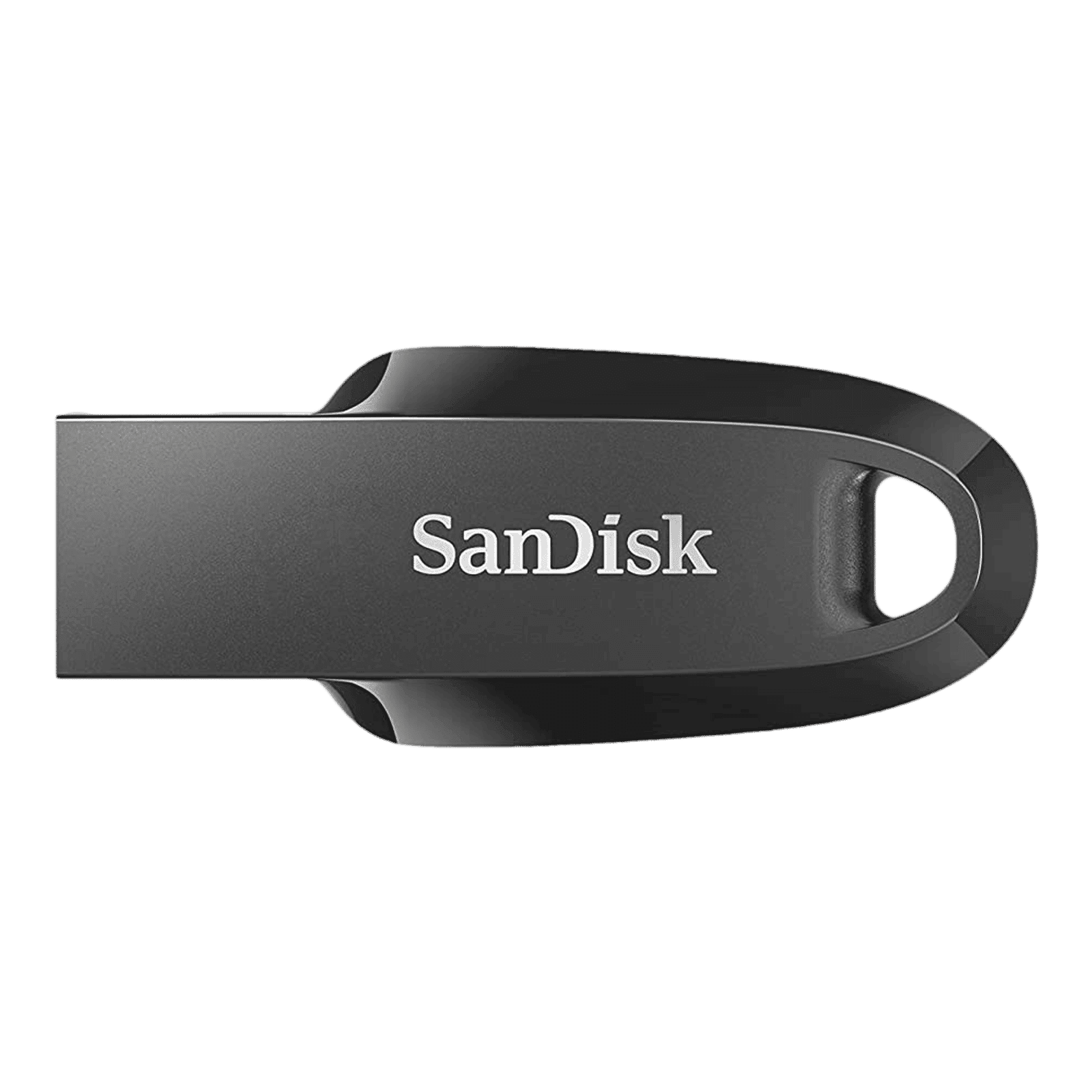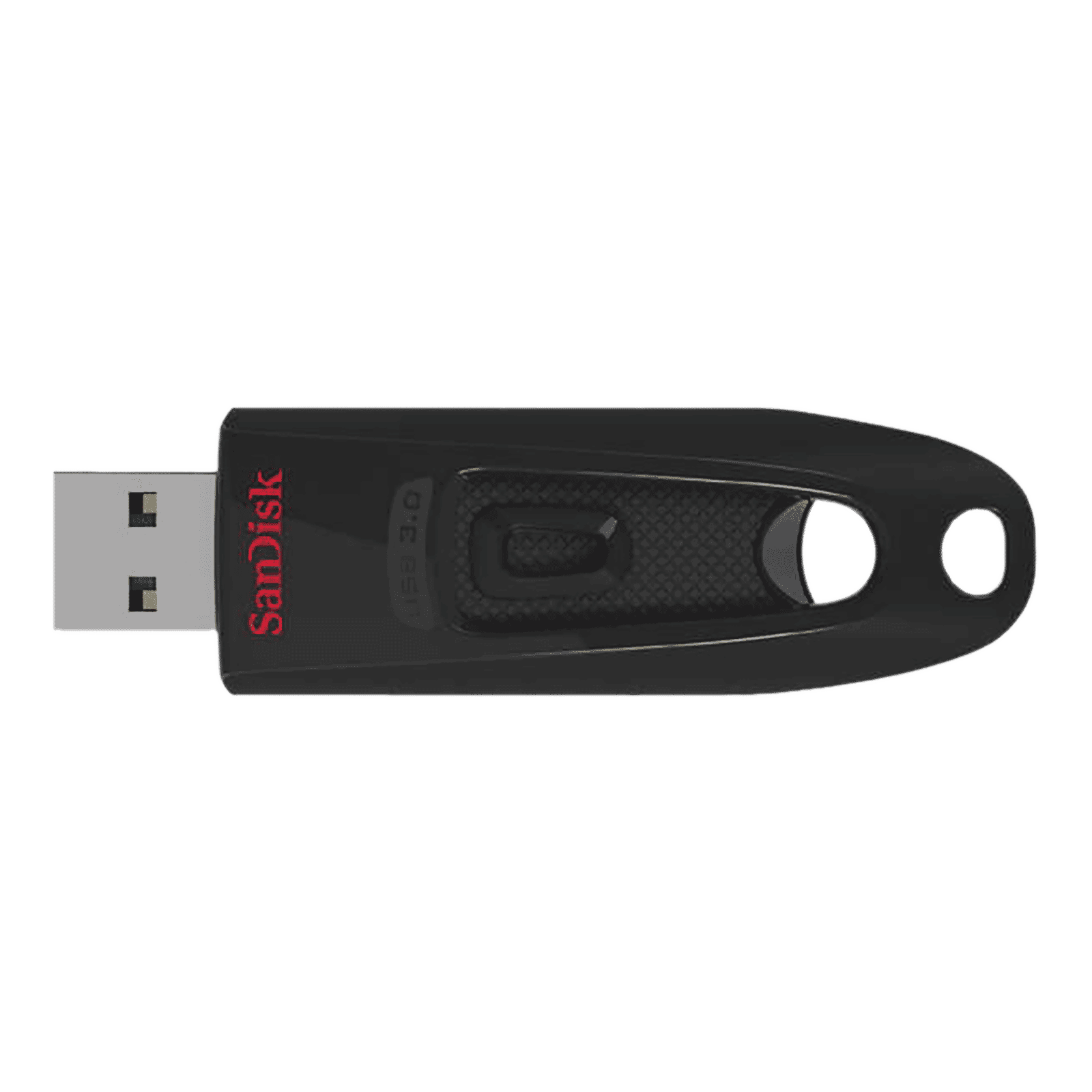%20(Presentation)%20(1600%20x%20600%20px)(214)-3be46372-1f73-4dbe-8d61-fa7ec8d3f59a.webp&w=3840&q=75)
Consumer Electronics
•05 min read

Buy SanDisk Ultra Curve 128GB USB (3.2) Pen Drive (Compact Design, Black ) online at best prices from Croma. Check product details, reviews & more. Shop now!
Imagine capturing breathtaking vacation moments and then swiftly transferring your files without stress. Embracing the new era of connectivity, the USB-C to SD card reader is your gateway to safer, faster, and more efficient data transfers. Today, we explore this indispensable tool that seamlessly connects your modern devices, whether it's your smartphone, tablet, laptop, or digital camera. As you read on, you'll gain a clear understanding of how to use USB-C to SD card readers, ensuring that you make the most of every transfer while earning NeuCoins rewards on Tata Neu for every smart shopping experience.
A USB-C to SD card reader is a compact device designed to bridge the gap between SD cards and your USB-C equipped gadgets. Its primary purpose is to facilitate rapid data transfers, allowing you to access files, back up important documents, or manage multimedia content with ease. Whether you are a tech enthusiast, a young professional, or a family user, this tool caters to all by offering a universal compatibility that slashes the waiting time during transfers.
This small yet efficient accessory is engineered to connect your SD cards to devices that boast USB-C ports. It is frequently used in diverse scenarios: from transferring vast numbers of photos taken during family vacations to offloading critical work documents. The design emphasises simplicity and efficiency—simply insert your SD card, connect the reader, and access your files.
The reader supports various SD card formats, including SD, SDHC, and SDXC, giving you the flexibility to choose the right card depending on your storage needs. Whether it’s routine file transfers or managing high-resolution media files, compatibility ensures a hassle-free experience.
Leveraging the modern USB-C standard, these readers deliver faster data transfer speeds, a reversible connector that eliminates frustration during insertion, and universal compatibility across your devices. Beyond these practical benefits, such technology ensures that your workflow remains uninterrupted and efficient.
Setting up your USB-C to SD card reader is straightforward. Begin by inserting your SD card into the reader. Then, connect the reader to your device's USB-C port. Suddenly, your file manager or dedicated app will recognise the card, and you can start transferring files or exploring your media library.
Following this simple three-step guide simplifies your setup process:
Insert the SD card into the reader.
Connect the reader to the USB-C port on your device.
Access your files using the appropriate file manager or application.
This guide applies whether you're operating on Android, iOS/iPadOS, or a laptop running Windows or Mac. Each environment is primed to benefit from USB-C technology, ensuring you never miss a beat during file management, whether you are transferring photos from your camera or backing up essential documents on the go.

Buy SanDisk Ultra 32GB USB (3.0) Pen Drive (Portable Design, Black) online at best prices from Croma. Check product details, reviews & more. Shop now!
There are many scenarios where this adapter comes to your rescue. Transferring high-resolution photos and videos, expanding the storage capacity of mobile devices without compromising speed, or even providing a backup solution when you're away from home — each case demonstrates the value of a dependable SD card reader. For creative professionals and everyday users alike, these readers ensure that every file transfer is a reliable and swift affair.
Even the best devices may occasionally face challenges. Knowing how to troubleshoot common issues will ensure that your data management remains seamless. Below are some typical issues along with practical solutions:
If your SD card is not recognised, it can be due to an incompatible format or even minor connection glitches. Ensuring that your SD card is correctly formatted and the connection is secure is key. Always check if your device supports the card type you are using.
Slow transfers can be frustrating, especially when handling high-resolution files. Optimise speed by verifying that both the SD card and reader are of high quality. Sometimes, simply updating your device drivers or cleaning the reader can make a significant difference.
Data loss or corruption is a serious concern. To prevent this, always maintain regular backups. It is advisable to format your SD card periodically and avoid abrupt disconnections. Gentle handling of the reader and card goes a long way in ensuring longevity.
Proactive maintenance tips include keeping both the reader and SD cards clean, as well as ensuring that all components are free from physical damage. Such preventive measures ensure that your device works optimally, which in turn reinforces the trustworthiness that is inherent in the Tata Neu shopping experience.
To truly benefit from your USB-C SD card adapter, consider these expert insights. Choosing the right reader involves looking at its speed ratings, build quality, and how well it integrates with your devices. There are several aspects to weigh, but performance is always a priority, especially when transferring large files or handling critical data.
Insight Corner: The Role of UHS Speed Classes in Transfer Speeds
An often overlooked feature is the UHS (Ultra High Speed) speed classification. SD cards with UHS-I or UHS-II ratings can significantly enhance transfer times when paired with a modern USB-C reader. Being aware of this can help you choose a card that meets your performance needs. Remember that pairing advanced technology with a reliable device makes every transfer efficient and rewarding.
Always safely eject your SD card before disconnecting the reader; this helps maintain data integrity. Investing in reputable brands ensures compatibility and durability, protecting you from potential hardware failures. The same attention to detail you apply in your tech choices is also reflected in the rewarding benefits and NeuCoins offers when shopping smartly on Tata Neu.
The application of USB-C to SD card readers reaches beyond basic data transfer. Creative professionals, such as photographers and videographers, rely heavily on these devices to efficiently move large RAW files or access high-resolution video footage on the move. Additionally, for users seeking to back up documents or expand storage across multiple devices, a USB-C SD card reader is indispensable.
Looking ahead, the landscape of USB-C and SD card integration continues to evolve. Emerging trends, including USB4 and SD Express, promise even faster speeds and improved functionality. This evolution ensures that as your digital needs grow, your tools will be ready to support you—much like how Tata Neu continuously enhances its platform with enriched benefits, including earning NeuCoins and the convenience of Express Delivery, available on orders placed before 6 PM in select locations.
Insert the SD card into the reader, connect the reader to your Android device’s USB-C port, and use a file manager app to access the files.
For iPhones with USB-C ports, connect the SD card reader and use the native Files app to browse and transfer files.
This could be due to an incompatible SD card format, outdated device drivers, or a faulty SD card reader. Ensure your SD card is formatted correctly and that your device supports the card type.
Yes, simply connect the reader to your MacBook’s USB-C port and access the SD card via Finder.
USB-C readers offer faster data transfer speeds and wider compatibility with modern devices due to the USB-C standard.
The key takeaways from this guide highlight practical steps to use your USB-C to SD card reader efficiently and smartly. By understanding the technology, following simplified setup instructions, troubleshooting common issues, and utilising expert tips, you ensure that your data transfers are both quick and reliable. Whether you’re preserving cherished memories or managing essential work files, adopting this tool is a progressive step. Enhance your digital lifestyle while enjoying thoughtful benefits like NeuCoins rewards with every smart transaction at Tata Neu.